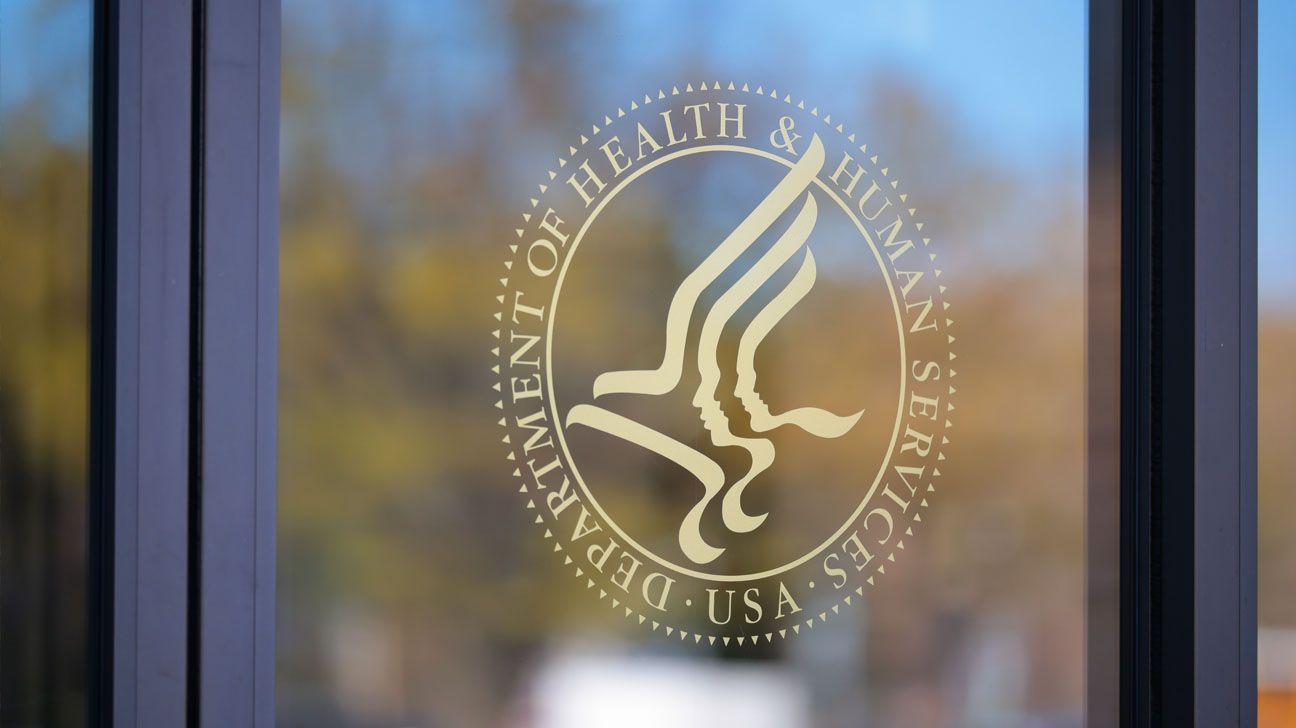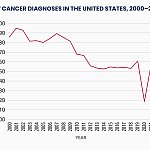
The fate of thousands of federal employees at the Department of Health and Human Services (HHS) is in the hands of the federal court system.
The attorneys general of 19 states and Washington, D.C., in the U.S. district court in Rhode Island this week over Republican plans to cut 20,000 jobs from HHS through layoffs, retirements, and attrition. That’s almost 25% of the workforce at the department.
The reductions are part of the Trump administration’s proposed 2026 budget, which allocates nearly $94 billion to HHS, about $33 billion less than what the agency received in the 2025 budget.
The reductions that have already occurred have hit agencies such as the Centers for Disease Control and Prevention (CDC), the Food and Drug Administration (FDA), and the National Institutes of Health (NIH).
Those layoffs have reportedly caused laboratories to close, grants to be canceled, and safety inspection programs to be halted.
The administration’s plan consolidates 28 HHS divisions into 15 divisions. It also reduces the number of HHS regional offices from 10 to five.
Trump administration officials have said the reductions are part of an effort to restructure HHS to make it more efficient and eliminate redundant and unnecessary services.
However, the state attorneys general say the administration’s actions exceed HHS’s legal authority and violate the Constitution’s separation of powers doctrine by slashing programs authorized by Congress.
“This administration is not streamlining the federal government; they are sabotaging it and all of us,” said New York Attorney General Letitia James.
“When you fire the scientists who research infectious diseases, silence the doctors who care for pregnant people, and shut down the programs that help firefighters and miners breathe or children thrive, you are not making America healthy — you are putting countless lives at risk,” James continued.
The lawsuit follows another court action filed in April by 23 states over $11 billion in cuts to public health grants. The grants helped fund programs such as those that track infectious diseases, establish access to vaccine programs, and provide mental health and substance use disorder services.
Experts say these reductions in staffing and federal funding will have an impact on virtually everybody in the United States.
“The reduction in the workforce, job cuts, and restructuring at the HHS are considerable blows to public health in the United States,” said Kanwar Kelley, MD, a specialist in otolaryngology head and neck surgery, obesity medicine, and lifestyle medicine, and the co-founder and chief executive officer of Side Health.
“The loss of personnel and disruption of teams and departments will lead to delays in the essential functions of the HHS due to the reorganization, reclassification, and reassignment of responsibilities,” he told Healthline.
The main responsibility of the CDC is the protection of public health.
Among its many
CDC officials told NPR that the staffing reductions, which began in March, are a “five alarm fire” that will hamper the nation’s ability to track and respond to health threats, as well as leaving Americans more vulnerable to a host of dangers from lead poisoning to asthma to cancer.
Kelley agreed there are potential health dangers looming.
“Cuts to the CDC will lead to delayed messaging, essential to curbing the spread throughout regions, especially when dealing with infectious diseases or foodborne illness,” he said.
Ilana Graetz, PhD, a professor of health policy and management at Emory University’s Rollins School of Public Health in Atlanta, said some of the impacts have already been felt.
“A CDC lab that performed genetic tracing of STIs, the only one of its kind in the world, has been closed, limiting our future ability to detect and contain disease outbreaks,” Graetz told Healthline.
“In Milwaukee, school closures due to lead exposure in children went unsupported because federal lead experts had been laid off,” she added. “These layoffs reduce federal capacity to assist local responses, leaving communities more vulnerable to serious health risks and left to manage risks with fewer resources.”
The primary responsibility of the FDA is to safeguard the safety of the nation’s food and medication supplies.
Among its many duties, the FDA works to prevent pathogen-related
The agency also regulates and approves
In April, plans were unveiled to reduce the FDA’s workforce of 18,000 by about 3,500 positions. Some of those layoffs were rescinded amid reports of food safety inspections falling behind schedule.
Graetz said staffing reductions could slow new product approvals and reduce the number of facility inspections.
“With fewer inspectors, contaminated products may go undetected longer, increasing the risk of illness, hospitalization, or death,” she said. “Cuts could also disrupt oversight of manufacturing and supply chains, potentially contributing to shortages of essential medications and products.”
“As with other agency cuts, the greatest burden would fall on families with limited resources, who may have fewer safe alternatives and face greater challenges navigating disruptions in care or product availability,” Graetz added.
Kelley agreed.
“Loss of (FDA) staff would jeopardize the approval of products coming to market and cripple surveillance of food and items that are made available to the public. Safety data and reports will be limited or absent, and the public will bear the brunt of unsafe products or food,” he said.
The NIH is the nation’s leading medical research agency.
Among its
The 2026 federal budget proposal reduces the NIH annual budget from $48 billion to $27 billion. The reduction could eliminate as many as 5,000 jobs from the NIH’s workforce of 20,000 people. This week, the NIH laid off about 200 employees, including cancer researchers.
“Cuts at the NIH will affect biomedical research, slowing or preventing grant funding from reaching individuals or groups performing research studies,” Kelley said. “This will slow medical innovation and the development of treatments, leaving the American medical system behind other adequately staffed and funded countries.”
Graetz considered the current and future impacts.
“Cuts to NIH staffing could significantly slow the pace of biomedical research by delaying grant reviews, reducing oversight of ongoing studies, and limiting the agency’s ability to support scientific innovation nationwide,” she said. “These delays affect not only research institutions and investigators but also critical training programs for the next generation of public health and medical leaders.”
Experts say there are a variety of other impacts that deep staffing cuts at HHS could have.
“Beyond individual agencies, workforce reductions at HHS would limit coordination across federal, state, and local systems,” said Graetz.
“Programs addressing rural health, maternal health, and health disparities may see delays or diminished support. Many local health departments rely on HHS-funded programs to support housing safety, maternal health, and chronic disease prevention.”
Kelley shared similar concerns.
“Cutting funds and staffing at this speed will widen health disparities and threaten our most susceptible populations due to inadequate staffing and the burden of responsibilities on a smaller number of teams and departments,” he said.
“Due to this shake-up, career public health servants may hesitate to join the HHS, further eroding the knowledge base to support the varying jobs contained within the department.”





